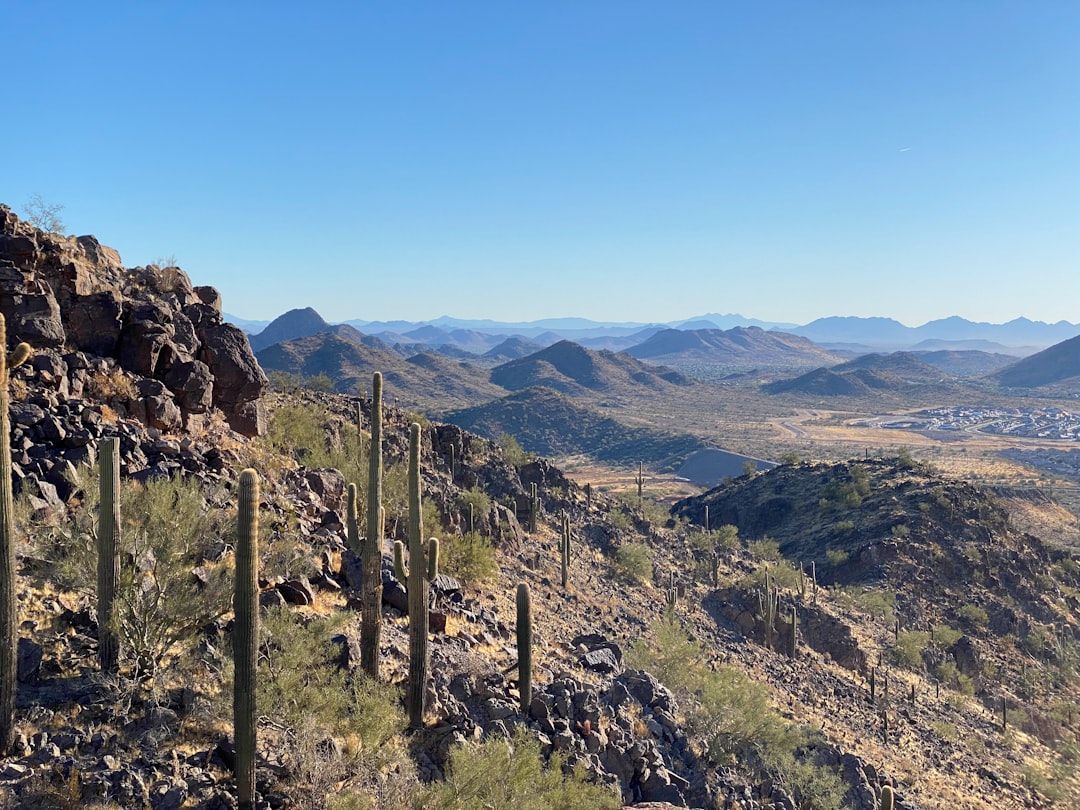Hello Readers,
It’s been pretty quiet around here, I know. I started a PhD program back in August, which has taken a lot of my energy and time. I’m also working on the last big revision of my forthcoming book, HOTSHOT. You’ll be hearing more about that soon.
During this time, the focus of my research and understanding of wildland fires has shifted and increased in both breadth and complexity. I’ve found myself reading new texts and branching out from wildland fire into the wider world of ecology, eco-criticism, and the burgeoning understandings of how we humans engage with and understand (or don’t understand) the world around us.
Here are some things I’ll be writing about in the upcoming months:
Wildland fire current events and history.
This is still a primary focus of mine, and I want this newsletter to be a resource for information and interpretations regarding wildland fire current events as well as the history of fire both in the United States and beyond. This includes interpretations of current scientific data and scholarly papers/studies, collections of articles, interviews with folks working in the world of wildland fire, and continued engagement with TEK (Traditional Ecological Knowledge) and Indigenous fire happenings around the globe.
There is so much happening in the fire world— and it’s happening on many different levels, from on the ground firefighting to ecological studies to Indigenous fire and small organizations fighting for their right to bring fire back to fire adapted landscaped. WILDERNESS is a space where you can find all of that in one place.
Eco-Criticism
Although my PhD is focused on creative writing and English literature, many of the courses I’m taking and much of my focus is within the realm of eco-criticism, which is essentially the engagement with how the “natural world” is portrayed in art, literature, film, and media across cultures. Notice that the phrase natural world is bracketed in quotations. This is because I consider the entire world to be “natural,” even that which feels unnatural, like big cities and superfund sites.
Settlement Histories
I am keen on tracing settlement histories in the United States and beyond. These histories aren’t all centered around human settlement, but migration patterns and ecological evolutions.
When it comes to humans, what assumptions were brought from one’s culture and landscape and unquestioningly projected onto another, and what are the lasting effects of those assumptions in our current cultures and dialogues?
What are the narratives surrounding settlement and colonization, and how do they differ from historical accounts?
What can we learn from the past as we enter the age of climate change?
Climate Change
Of course one cannot examine any aspect of our world without engaging with climate change. Here, I seek to understand what was lost in translation when emerging science showed a warming planet, and why we continue to delay action, both individually and collectively.
I’ll also engage with how climate change is affecting fire seasons, burning patterns, and ecological systems throughout the world.
The Complexity and history of Wilderness as a Cultural Concept
Nature’s representation in the western world has traditionally been guided by white men. I chose this newsletter’s name, WILDERNESS, because the word itself holds multiple meanings depending on the context. Its etymology dates back to 1200 era Old English word wilde, meaning untamed, uncontrolled, uncultivated. As I’ve written about in this newsletter, many landscapes (such as current-day United States) were perceived as “wilderness” when in actuality they were cultivated and shaped by Indigenous people. One can even claim that a landscape is cultivated by weather, or mammals other than humans, who often engage with their landscapes in ways that change its ecological shape.
When you really think about it, there is very little “untouched” land. And, untouched by whom?
The De-Centering of Humans
WILDERNESS will also examine how texts and discourse centers humans rather than engaging with landscapes in a holistic way. This is where we can parse how differing cultures have historically engaged with the land. For instance, how many human cultures throughout the world perceive themselves as equal to and/or related to plants, animals, and their surrounding ecologies rather than separate from the “natural” world.

A General Questioning of Assumptions
We swim in a murky water of cultural beliefs taken at face value. With WILDERNESS, I seek to examine these assumptions and beliefs, trace their histories, and question their validity.
Civilizations and Savages
In 1850 Michel de Montaigne wrote as essay comparing Europeans to the Tupinambá people of brazil. The essay, called “Of Cannibals,” explores the European assumption that the Tupinambá were savages because they engaged in cannibalism. Montaigne questions this idea, parsing out the ways in which the Tupinambá practiced a more just warfare than Europeans and pointing out how European cultures engaged in their own barbarism through missionary work and brutal public punishment.
This binary of “civilized” and “savage” still exists today. It affects our engagement with the world around us. My question it: how are many of our (western) cultural practices barbaric, and why are we so blind to our own barbaric and punishing engagement with the earth and, by extension, with those who are much less protected than us?
Literature, Art, Films, Television…
There are so many amazing books, TV shows, movies, and lots of artistic engagement with the concepts and histories surrounding wilderness. You can expect regular monthly engagement with current and historic texts, fun, frightening, and cringeworthy.
I’m excited to have you here.
And I’m excited to be able to funnel some energy back into this space again. I resist set schedules when it comes to newsletters, but I intend to pop into your inbox at least twice a month with essays, and a couple times a month with smaller musings and updates on current events.
As usual, nothing I write will be behind a paywall. I do this because I want everyone to be able to access WILDERNESS.
That said, your paid subscriptions really help power my work, so please consider becoming a paying subscriber. The yearly subscription price of WILDERNESS is $4.50 a month, and by becoming a subscriber you make a huge impact in my ability to create this work!
Because I don’t have social media, my reach is limited. If you love anything I publish, past, present, or future, please share links online, screenshot it for Insta or Twitter, or forward the newsletter as you’d like!
I’m contemplating a TikTok, but that won’t be till the summer.
Let me know what you think in the comments! Feel free to make suggestions and introduce yourself to the WILDERNESS community.
If you’ve been subscribed to FIRES, and after reading this you feel like you no longer want to subscribe, that’s okay. No hard feelings! You can unsubscribe by clicking the link at the bottom of this email, and then removing yourself from the email list.






Hi -- great newsletter! I've been wondering about you and it sounds like you are thriving. Here in N Cali (Amador county) we have had over 14" of rain since Christmas. More than we've had in the last two years. A bomb cyclone is rolling through right now and I keep hearing trees fall. I am very interested in your research on landscape ecology and human impact! Cathy